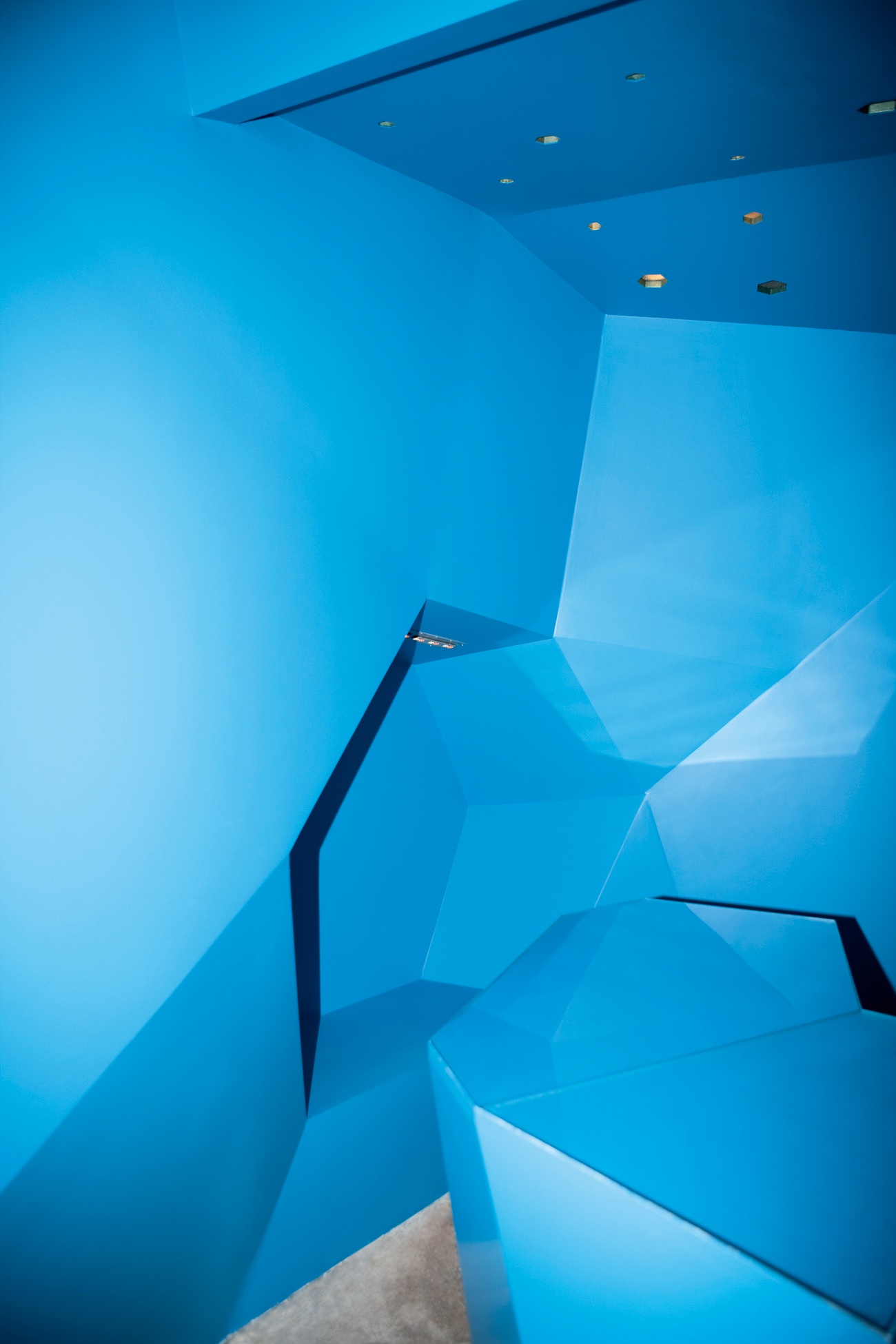Purple Magazine
— S/S 2012 issue 17
The Balenciaga Boutiques
 NEW YORK photography by MARCELO KRASILCIC
NEW YORK photography by MARCELO KRASILCIC
interview with NICOLAS GHESQUIÈRE and DOMINIQUE GONZALEZ-FOERSTER by OLIVIER ZAHM
Ten years ago, a very young Nicolas Ghesquière was given the assignment of redesigning the Balenciaga boutique in Paris — and all of the label’s boutiques around the world. Nicolas chose to dispense with the grandiose architectural gestures and uniform visual identity of most international fashion brands. So instead of commissioning a famous architect for the project, he asked the French artist Dominique Gonzalez-Foerster to join him in re-imagining the entire concept of the boutiques. This wasn’t just a question of how to dress the boutiques’ windows, or if artwork should be placed in their retail spaces — Nicolas and Dominique together reformulated every aspect of each boutique, using an architectural concept based on climate and landscape, and fiction and abstraction. Every Balenciaga boutique is adapted to its city’s…
-

PARIS photography by GIASCO BERTOLI
-

PARIS photography by GIASCO BERTOLI
-

PARIS photography by GIASCO BERTOLI
-

LOS ANGELES photography by OLIVIER ZAHM